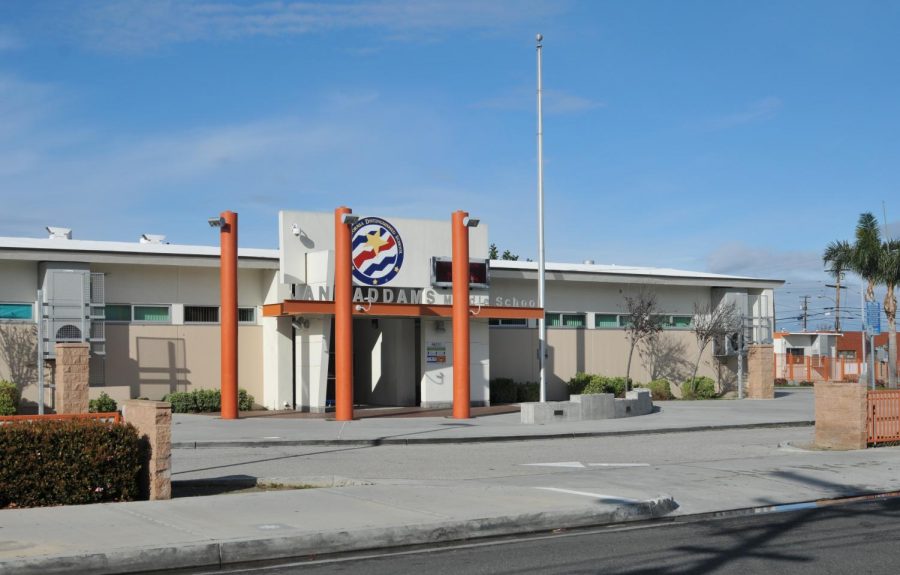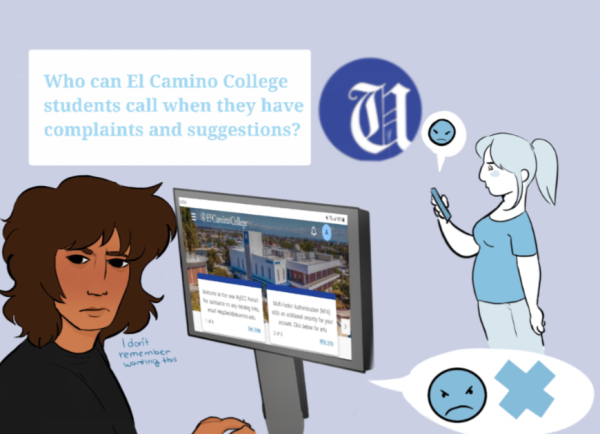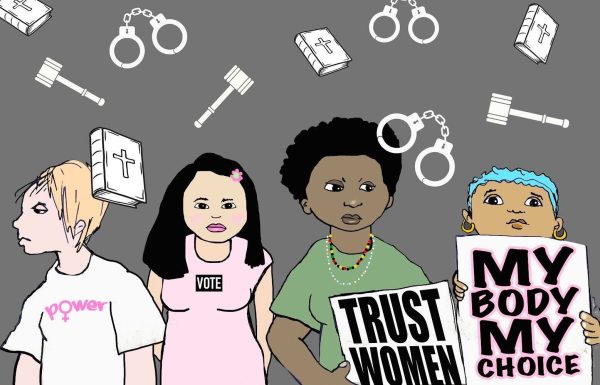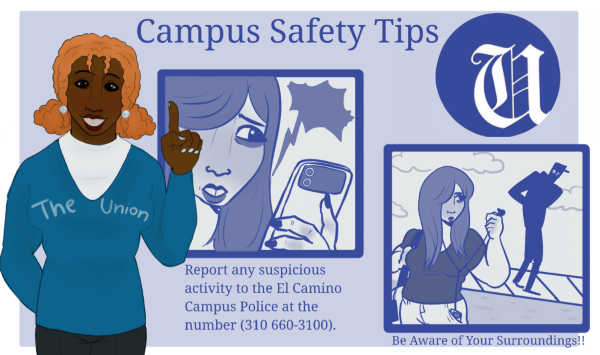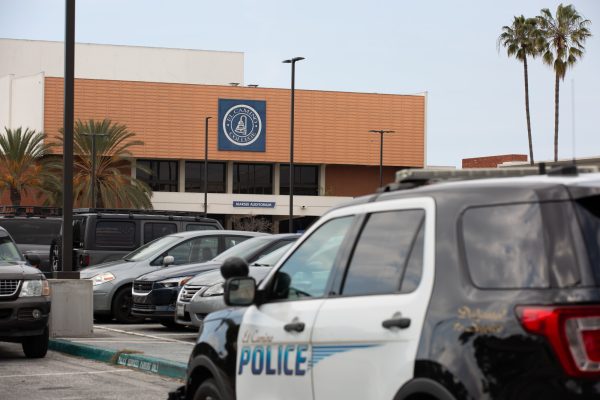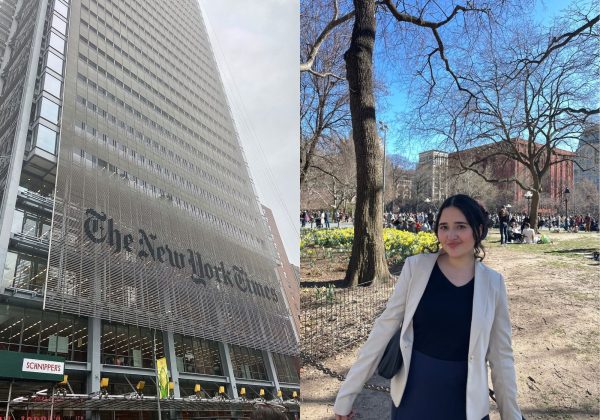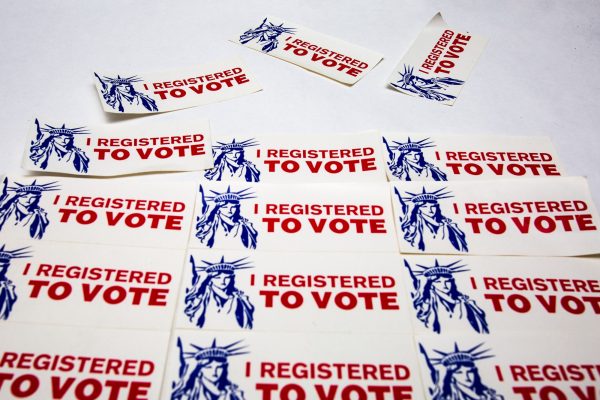LA County should wait to reopen schools
Despite the fact that half a million Americans have died from COVID-19, parents and teachers of Los Angeles county are planning to reopen in-person learning for kids.
Sending kids back to school may seem like a good idea to lessen the stress on parents and teachers, but it’s not the safest plan for the kids.
El Camino College CARES Services advisor Breeanna Bond, 31, hears from many single parents that she provides support to.
Bond said that parents often tell her they didn’t sign up to be teachers and physical education instructors for their kids. A common topic of conversation from parents is that “they need a break,” Bond said.
A study by the Minnesota Department of Education found that 64% of parents surveyed would be comfortable sending their children back to a classroom.
The readiness to send kids back to in-person learning, however, is short-sighted, given how unprepared we are to deal with pediatric COVID-19 healthcare.
Not only will it take at least a year for a vaccine for children to be ready, but the Centers for Disease Control and Prevention found a multisystem inflammatory disease in children (MIS-C) who are exposed to COVID-19.
Some teachers in LA County that advocated for the benefits of remote learning are all too eager to return to the classroom now that they have been added to the COVID-19 vaccination list, an option none of their students will have.
Regardless of the risks, Governor Newsom has decided to bow to the public pressure of parents and teachers and pass Assembly Bill-86, which provides $2 billion in incentives to eligible school districts that open TK-6 schools to in-person learning by April 1.
The bill puts unfair pressure on schools in counties where COVID-19 cases are lower than seven per 100,000 residents, making them choose between reopening schools to in-person learning or missing out on the $2 billion incentive.
“We’ve already been on edge for like a year, and then it’s like ‘Oh, dangle a carrot,’ and, ‘You can only use this if you do this,'” Bond said. “So [school districts] are like, ‘Tell me how’ because they’re barely making ends meet.”
Elementary school education and social interactions are a critical part of childhood development. If we are to make that work in a pandemic where pediatric care is an unknown variable, we are going to have to prioritize children’s health.
This means creating educational equity for every child at high risk for COVID-19 and MIS-C. A first step would be for state and local officials to pair teachers specialized in elementary-level remote-learning with parents and households of kids at high-risk.
Providing specialized and targeted aid to underprivileged homes of high-risk children would also help close the equity and technology gap. And finally, schools need to create a COVID-19 safety plan for kids going back to in-person learning.
Children are the future of humanity and we need to ensure that that future has the opportunity to be healthy and thrive.
EDITORS NOTE: Removed a duplicate photo


